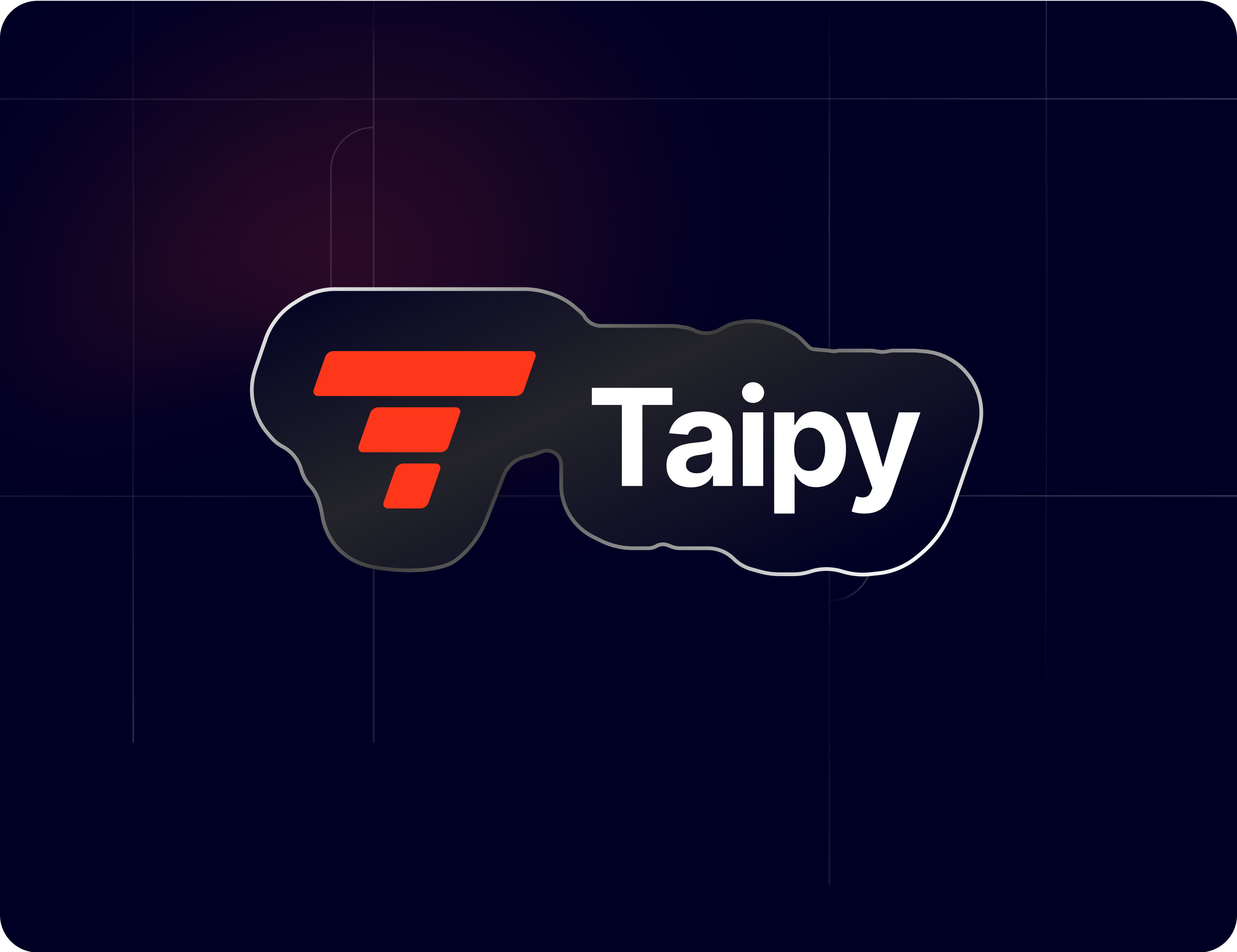Open Source Nights @ GitHub HQ
Last month, we hosted the inaugural Open Source Nights at GitHub’s headquarters in San Francisco—a night dedicated to bringing together different personas in the ecosystem from maintainers and contributors, to open source investors and founders. We had a full house and a lineup of outstanding speakers. Here’s a look at what went down. 📈 Foundational models for time-series We kicked things off with Azul Garza from Nixtla, who delivered a live demo of Time-GPT1, the first foundational model for time-series forecasting. Azul demonstrated how Time-GPT1 can forecast 1 billion time series in just 8 hours—a task that would take 4,983 days with AutoArima! 🍸 This talk paired well with the "Nixtla Mixto" a drink made of Mezcal, Lime, Pistachio, New Orleans Bitters, and Basil. 🐇 Agents for white-hat hacking Next, Jürgen Cito from Technische Universität Wien presented HackingBuddy GPT, an LLM-powered framework for penetration testing. Based on academic research, this 50-line-of-code framework is designed to assist security professionals by automating and optimising hacking tasks. In benchmarking experiments, HackingBuddy GPT achieved an 83% success rate, even outperforming human testers in some cases. The demo highlighted the increasing role of AI in cybersecurity and how researchers are building tools that redefine how security audits are performed. 🧃 The crowd enjoyed this talk with the "Hacking Buddy Prompt Refusal", a mocktail prepared with Ginger, Pistachio, Lemon, and Grapefruit. 🔭 Source-available vs Open Core Denzell Ford, co-founder of Trieve (YC W24), took the stage to discuss a hot topic in open-source licensing—why Trieve has opted for a "source available" model rather than full open source. He explained how this approach allows Trieve to remain transparent while maintaining better control over customer support. His talk sparked an engaging conversation about the evolution of software licensing and why more startups are considering alternative models for building open and sustainable software. 🍹 During this talk, the audience enjoyed a "Trieve Tremolo" a source-available drink made with Madre Mezcal, Aztec Chocolate Bitters, Jalapeño, Cardamom, and a hint of banana. Building Open-Source Communities with ML & Quests To wrap up the night, Rodrigo Mendoza-Smith, our founder and CEO, shared how Quira is using Machine Learning and data-driven approaches to help open-source organisations grow their communities on autopilot. He also touched on broader issues around the future of work and education, exploring how Quests—Quira’s system for developer challenges—can turn open source contributions into a positive-sum game for contributors, maintainers, and OSS companies. 🥃 To close the night, we had a "Quira Quina" which blends 400 Conejos Mezcal, Tonic, Genepy, Bitter Organe, and Rosemary. What’s Next for Open Source Nights? This was the first of many Open Source Nights to come. The full talks will be available soon, and we’re already planning more events—potentially in a city near you! If you want to stay in the loop sign up for our newsletter to get updates on upcoming Open Source Nights, new speaker announcements, and more opportunities to connect with the open-source community. - Team Quira
By Rodrigo Mendoza-Smith
•
Aug 15, 2024
•
4 min read









